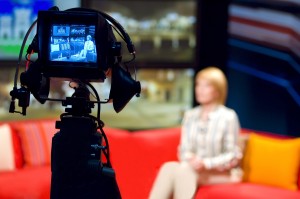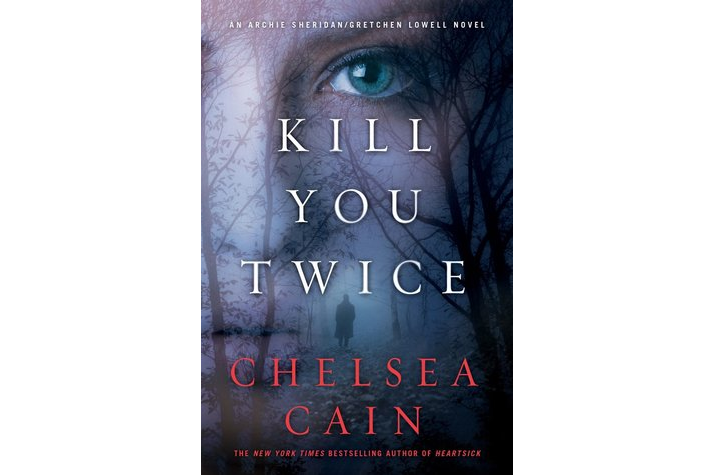You’ve got your big break! You’ve got the media’s attention! You’re going to be on TV! Now, what the heck you going to WEAR??
 Dressing for the camera is tricky. Most people know the camera adds 10 pounds…what most don’t realize is that their creadibility as an expert depends on how they look. TV is a visual medium and the first impression is even more critical in this environment.
Dressing for the camera is tricky. Most people know the camera adds 10 pounds…what most don’t realize is that their creadibility as an expert depends on how they look. TV is a visual medium and the first impression is even more critical in this environment.
On TV, viewers believe what they see first and your wisdom second. Your insignt and knowledge is the most valuable; however, viewers won’t trust what you say unless your image supports your words. When viewers don’t trust you, they change the channel…that is sudden death in the media world!
4 Steps For Creating A Successful Media Image
I’ve appeared on TV more than 60 times and have cracked the code for looking good on camera. These guidelines apply for all cameras – TV cameras, web/video cameras (online videos, webcasts and Skype interviews), and still photography (magazines, newspapers and websites).
You don’t have to be thin, or good-looking or have a cookie cutter image to look good on camera. There is a way to dress for TV, be yourself and still look good.
Step 1 – Look Like What You Do
When you look like what you do, viewers will listen to what you say.
If you are a scientist, wellness expert, Realtor, artist, law enforcement officer, whatever – look like that.
Here’s a real TV example An attorney who loves flowers decided to wear a silk flower in her hair to soften her look in an effort to appear less intimidating. Instead, the flower made her look like a travel expert instead of a legal expert. The disconnect between her expertise and her image creates skepticism and distrust that can’t be overcome in a three to six minute TV segment. In subsequent appearances, she took to wearing a crystal flower pin on the lapel of her jacket. The pin softened her look without undermining her authority.
Step 2 – Look Put-Together
If you look like a mess on TV, viewers think your work/product is a mess and that you are an amateur. Your clothes, makeup and hairstyle should be flattering, coordinated and appropriate in any position. You never know how you will be placed on camera. Always check your look to make sure your clothes work in these positions: standing and sitting in a chair, bar stool and sofa. There have been many a guest who ended up sitting in a chair and looked rumpled or worse, revealing too much thigh or actually showing underwear.
Step 3 – Navigate The Technical Terraine
The technical elements of media can wreak havoc, turning a great outfit into a hot mess. Here are some things to consider:
- Allow for lapel microphone, wires and battery pack – the weight and size of these items can make your clothes pull or sag.
- Skip colored contact lenses – they make you look demonic.
- Skip black, white, bright green, bright blue – cameras have a hard time “seeing” these colors. Some people who have worn “Green Screen” green on TV ended up “wearing” the weather map that was cued up for another story.
- Skip fine geometric patterns like hounds tooth, tiny polka dots, herring bone, and pin stripes – these patterns exceed the resolution of the camera and can creates a moiré effect where it looks like the pattern is moving across the screen.
- Skip shiny materials – they can blind the camera.
- Everyone needs makeup, even men. Bright lights can create shiny spots and unnatural shaddows. Make up minimizes these disctactions.
- Clothes should be clean and in good condition – lint, pills and pulls will show up in HD.
Step 4 – Camera Test
Just because an outfit looks good in real life doesn’t mean it will look good on camera. The only way to make sure an outfit looks good on camera is to see it on camera. Pre-test EVERY outfit ON YOU on camera.
Media, especially TV, is often booked last minute. It is very difficult to put together a TV outfit in a few days. If you want to be on TV, start working on your TV image now, so you have time to work out all the kinks and details before you are booked. When you have your look worked out ahead of time, you’ll be more confident and successful on camera.
Sarah Shah is a contributing blogger for JenningsWire.





